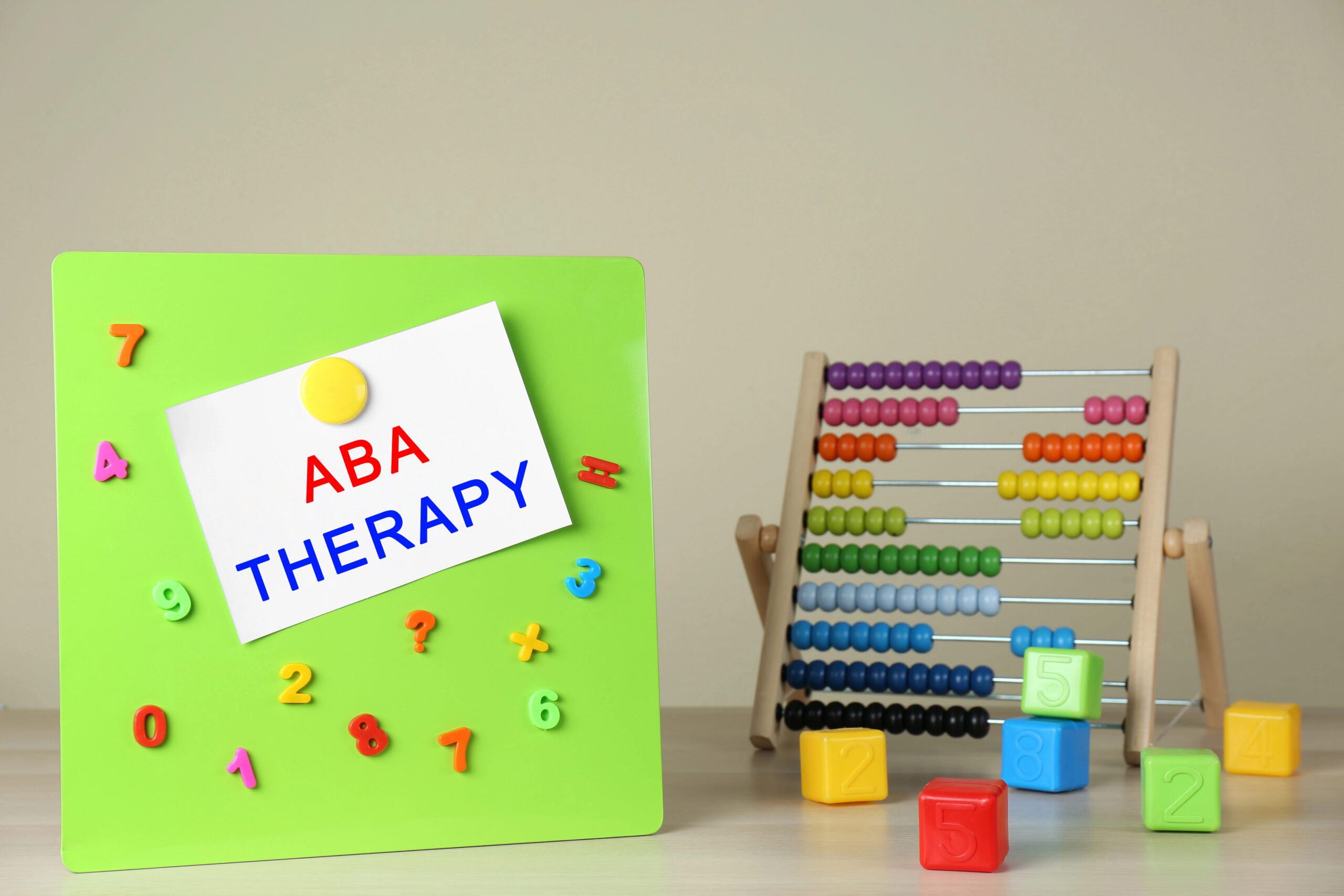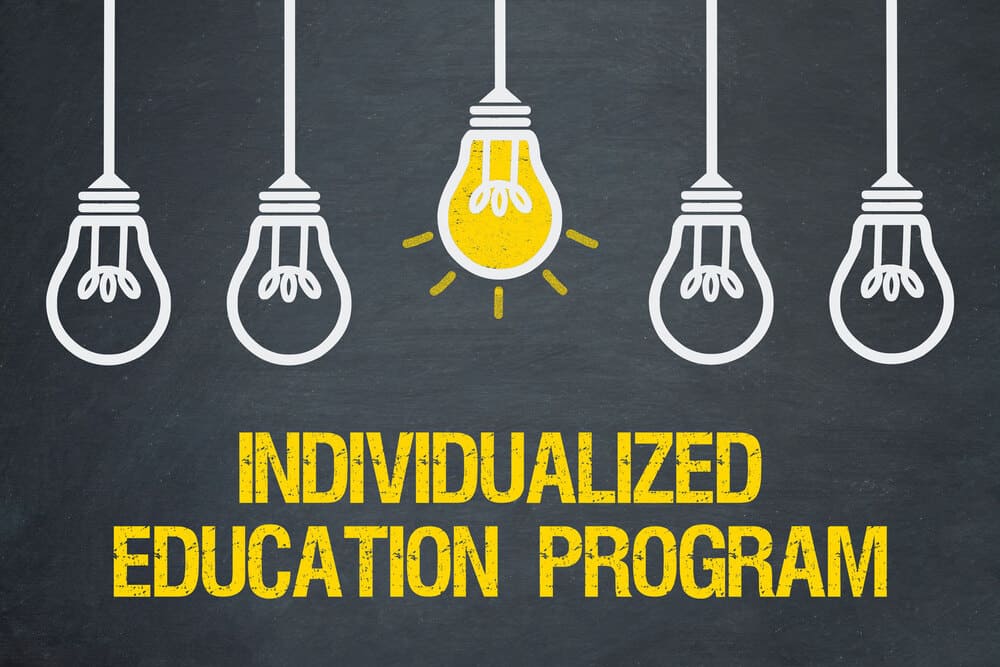
Top ABA Therapy Techniques Every Parent Should Know
Applied Behavior Analysis (ABA) therapy is one of the most effective treatments for children with autism spectrum disorder (ASD). By using structured techniques, ABA helps improve communication, social skills, and daily living abilities. Parents play a crucial role in reinforcing these strategies at home to ensure their child progresses.
In this guide, we’ll explore essential ABA therapy techniques and how they can be applied in daily life. We’ll also discuss how partnering with an applied behavior center for autism can provide additional support for families.
Understanding ABA Therapy
What is ABA Therapy?
ABA therapy is a scientifically backed approach that focuses on understanding and improving behavior. It works by reinforcing positive behaviors while reducing challenging ones through structured intervention. ABA techniques are tailored to each child’s needs and help improve:
- Communication and language skills
- Social interactions and peer relationships
- Academic performance and cognitive abilities
- Self-care and independence
- Emotional regulation and behavioral management
How ABA Therapy Benefits Children with Autism
ABA therapy is widely recognized for helping children with ASD develop essential life skills. By using evidence-based techniques, it:
- Encourages positive behaviors through reinforcement
- Breaks down complex skills into manageable steps
- Helps children adapt and apply learned skills in different environments
- Reduces problem behaviors and teaches alternative communication methods
Many families choose to work with an applied behavior center for autism, where trained professionals customize therapy plans based on the child’s specific strengths and challenges.
Essential ABA Therapy Techniques for Parents
Parents play a crucial role in reinforcing ABA therapy techniques at home to support their child’s progress. Understanding and applying these evidence-based methods can help children with autism develop communication, social, and behavioral skills more effectively.
Here are some of the most impactful techniques used in ABA therapy, many of which are also applied in an applied behavior center for autism.
1. Discrete Trial Training (DTT)
DTT is a structured, step-by-step teaching method used to help children acquire new skills by breaking them down into smaller, simpler parts. This highly structured approach is effective in teaching essential skills such as language, communication, social interaction, and academic concepts.
How It Works
Each trial follows a predictable sequence:
- Instruction: The parent or therapist gives a prompt or command (e.g., “What color is this?” while pointing to a toy).
- Response: The child attempts to answer or perform the required action.
- Consequence (Reinforcement):
If correct, the child receives a reward (verbal praise, a favorite toy, or a small treat).
If incorrect, the therapist provides correction and another opportunity to answer.
Why It Works
- Uses positive reinforcement to strengthen desired behaviors.
- Encourages structured learning in a controlled setting.
- Builds repetition and consistency, essential for mastering new skills.
Example: Teaching colors by holding up a red block and asking, “What color is this?” If the child answers correctly, they get a reward like a high-five or a sticker.
2. Pivotal Response Training (PRT)
Unlike DTT, which is structured, PRT is more natural and child-led. This ABA therapy technique targets pivotal areas such as motivation, self-initiation, and responsiveness to multiple cues, leading to broader learning improvements.
How It Works
- Instead of using predefined prompts, the child chooses the activity, and learning is incorporated into the play.
- Rewards are directly related to the activity, making learning meaningful.
- Promotes natural, spontaneous social interactions.
Why It Works
- Encourages intrinsic motivation (the child wants to learn, not just earn a reward).
- Fosters generalization of skills in real-life situations.
- Makes learning more engaging, reducing resistance.
Example: If a child loves dinosaurs, a therapist or parent can use toy dinosaurs to teach colors, counting, or taking turns.
3. Functional Communication Training (FCT)
FCT is an ABA therapy technique that teaches children to replace problematic behaviors with appropriate communication skills.
How It Works
- Identify the Behavior: Determine what the child is trying to achieve (e.g., throwing a tantrum to get attention).
- Introduce a Communication Alternative: Teach a more appropriate way to express the same need (e.g., using words, picture cards, or gestures).
- Reinforce the New Communication Method: Provide positive reinforcement when the child successfully uses the alternative.
Why It Works
- Reduces tantrums and frustration by providing a clear way to communicate needs.
- Teaches self-advocacy and independence.
- Encourages the use of functional language in different settings.
Example: If a child screams when they want a snack, FCT teaches them to say “snack” or use a picture card instead.
4. Naturalistic Developmental Behavioral Interventions (NDBI)

NDBI focuses on embedding learning opportunities in natural environments rather than structured training sessions.
How It Works
- Uses everyday activities as learning moments.
- Encourages interaction with caregivers and peers in real-life settings.
- Follows the child’s lead, incorporating therapy into their play and routine.
Why It Works
- Enhances spontaneous learning and engagement.
- Promotes skill generalization across different environments.
- Helps children apply learned skills naturally.
Example: Teaching a child to say “hello” and “goodbye” during actual social interactions instead of scripted sessions.
5. Positive Behavior Support (PBS)
PBS is a preventative approach that helps children with autism by modifying their environment and teaching alternative skills to avoid behavioral challenges.
How It Works
- Identifies the triggers that cause problematic behaviors.
- Modifies the environment to prevent issues.
- Teaches coping skills for managing frustration or anxiety.
- Uses reinforcement strategies to encourage positive behavior.
Why It Works
- Reduces reliance on punishment-based discipline.
- Helps children learn to self-regulate.
- Increases success in social and academic settings.
Example: If a child is overwhelmed by loud noises, PBS may include providing noise-canceling headphones or creating quiet spaces.
6. Early Intensive Behavioral Intervention (EIBI)
EIBI is a highly structured and intensive form of ABA therapy technique designed for children under five.
How It Works
- Involves 20–40 hours of therapy per week.
- Focuses on early learning skills, such as eye contact, language, and motor skills.
- Gradually builds on communication, cognitive, and self-care skills.
Why It Works
- Early intervention is proven to enhance long-term development.
- Helps children integrate into mainstream education more effectively.
- Provides personalized learning plans for individual needs.
Example: Teaching a toddler with ASD to respond to their name through repetitive engagement and reinforcement.
7. Visual Supports
Visual aids are essential ABA therapy techniques that help children process information more effectively.
How It Works
- Picture schedules help children anticipate their day.
- Emotion charts allow them to express feelings visually.
- Timers and countdowns prepare them for transitions between activities.
Why It Works
- Reduces anxiety associated with unpredictability.
- Supports non-verbal children in understanding expectations.
- Improves independence in following routines.
Example: Using a morning routine chart with images of brushing teeth, getting dressed, and eating breakfast.
8. Social Stories
Social stories help children navigate social situations by providing structured, step-by-step explanations.
How It Works
- Stories are written from the child’s perspective, describing what will happen and what is expected.
- They include simple language and visuals to reinforce concepts.
- They are used before an event to prepare children for new experiences.
Why It Works
- Prepares children for new experiences, reducing anxiety.
- Helps them understand social norms and expected behaviors.
- Encourages appropriate responses to real-life situations.
Example: A social story about visiting the dentist that explains what will happen during the appointment.
How Parents Can Support ABA Therapy at Home

Consistency is Key
For ABA therapy to be effective, parents must consistently apply techniques at home.
- Follow structured routines to reinforce learning
- Use the same prompts and reinforcements as therapists
- Practice skills in different environments to encourage generalization
Creating a Supportive Home Environment
- Set up visual schedules for predictability
- Use positive reinforcement consistently
- Provide opportunities for independent decision-making
Finding the Right ABA Therapy Program
Choosing an Applied Behavior Center for Autism
A reputable applied behavior center for autism ensures children receive high-quality, individualized therapy. When researching options, consider:
- Credentials and experience of therapists
- Parent involvement in therapy sessions
- Customized treatment plans based on the child’s needs
- Positive testimonials and reviews
Questions to Ask Before Enrolling
- What ABA therapy techniques do you use?
- How do you track progress?
- How do you involve parents in the therapy process?
Final Thoughts
ABA therapy is a life-changing intervention for children with autism, providing them with essential skills for independence and success. Parents play a vital role in reinforcing ABA techniques at home, ensuring long-term progress.
By partnering with a trusted applied behavior center for autism, families can access professional support tailored to their child’s unique needs.
If you’re seeking personalized ABA therapy techniques to support your child’s development, consider reaching out to Achievement Balance. Our dedicated team offers expert guidance and compassionate care to help your child thrive.
Contact us today at (972) 410–5297 or email info@achievement-balance.com to schedule an appointment.

